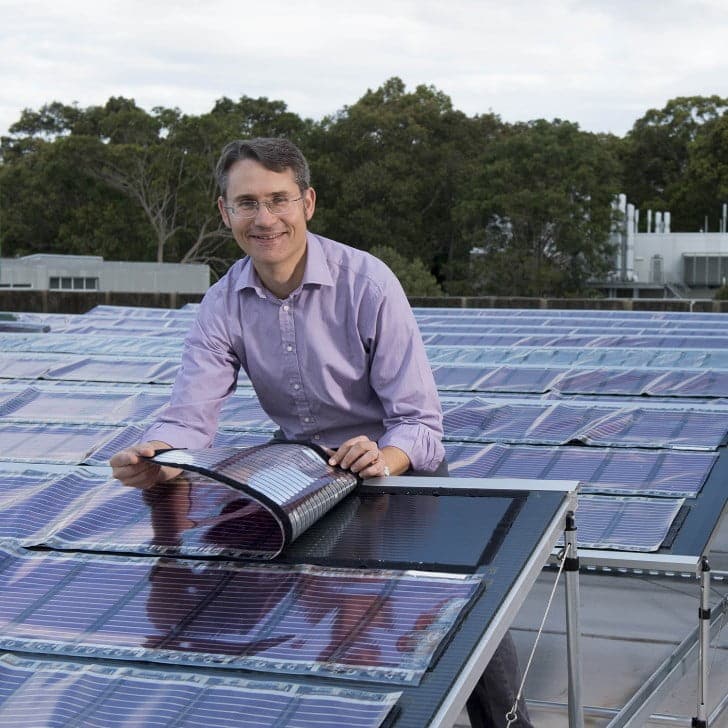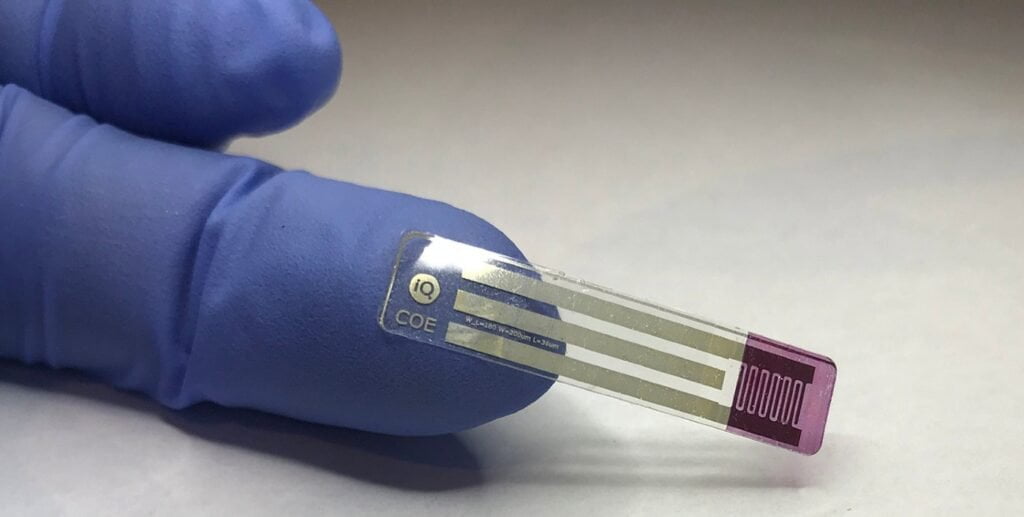For the first time in the world, a completely painless blood glucose test may finally be available to diabetics. A $ 6,3 million grant from the Australian government will ensure the start-up of the device's first manufacturing facility.
The world-class facility will help transfer a full two decades of laboratory research to store shelves for more than 460 million people living with diabetes around the world.
Glucose test, the "sweet" one finally arrives
The physicist and leader of the research from the University of Newcastle, Professor Paul Dastoor, declares that the first devices should roll off the production line as early as 2023.
For diabetes patients, who until now have had to prick their fingers several times a day to monitor their glucose levels, this grant couldn't have come at a more opportune time.
Salivary glucose biosensor: how it works
Saliva blood sugar testing makes the painful finger prick test obsolete for type 1 and type 2 diabetes. It is the first major innovation in the field since blood sugar testing was developed in the 60s.
Our vision was to create a world where no one needs to bleed to eat.
Paul Dastoor, University of Newcastle, research leader
“Sweet” blood glucose test: it wasn't easy
With glucose concentrations in saliva 100 times lower than those in blood, the mission of a painless blood glucose test was easier said than done.
“We needed to develop an incredibly powerful platform to detect it,” Dastoor says. “Saliva also contains a plethora of other substances, we had to eliminate a lot of 'noise' to ensure the results were accurate.”
The developed sensor is similar in size to a bubble gum stick and considerably thinner. It is incredibly powerful: it detects substances present in saliva even in minimal concentrations. And it also succeeds where every other blood sugar test has failed.
Coated with a natural enzyme, the glucose oxidase, the biosensor interacts with saliva, producing a reaction that generates an electric current. This current can be detected and measured to reveal highly accurate glucose levels which can be transmitted to a smartphone app and stored in the cloud.

Other applications
Not just blood glucose tests, of course. Dastoor says the sensor could be developed to track as many as 130 factors including tumor markers, hormones and allergens.
“The biosensor is a 'platform technology', meaning it will be widely applicable to detect a variety of substances that identify a range of diseases. We are already looking for substances that identify cancer, hormones and allergies,” she explained.


